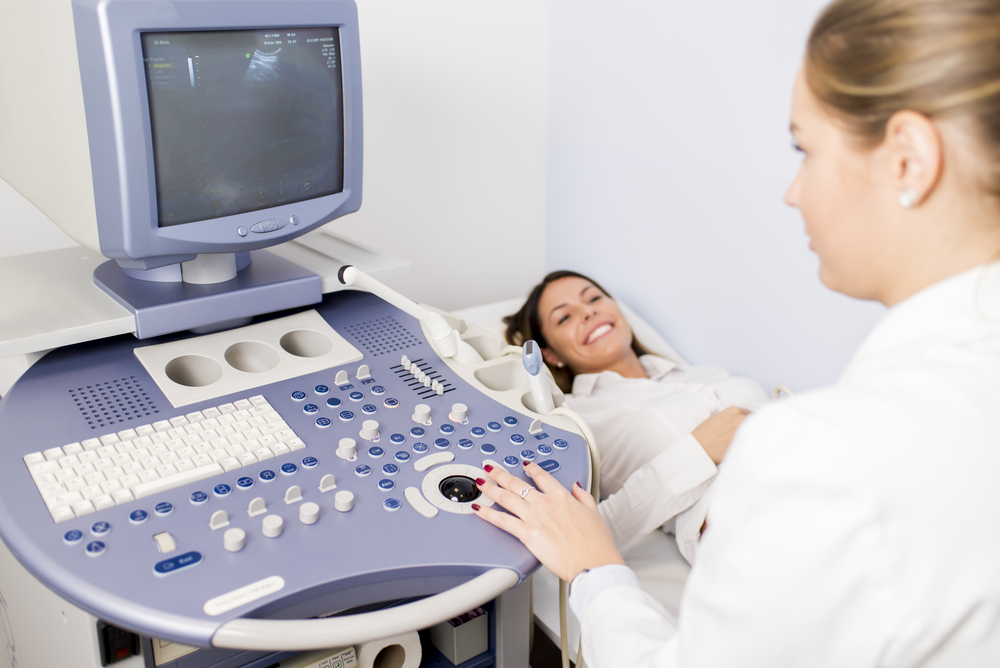What is a Uterine Septum?
A uterine septum is an upside-down, triangular-shaped piece of tissue which divides all
or part of the uterine cavity in two. The tissue is a left over remnant from normal,
embryonic uterine development and is most commonly discovered with an HSG
(hysterosalpingogram). A septum can also be discovered with a 3D ultrasound and a
skilled observer will also detect the septum using a regular 2D ultrasound machine in a
correct plane. The septum may frequently be overseen on routine ultrasound scans,
particularly in cases when it is very small/short.
At six weeks gestation, the uterus forms from two hollow, parallel cylinders which fuse
together. The internal walls of the cylinders are supposed to subsequently dissolve in an
inferior to superior manner, leaving a single uterine cavity. If the internal walls do not
dissolve completely, some tissue remains towards the top of the uterus. This tissue
comprises the uterine septum.
How Does a Septum Affect Fertility and Miscarriage?
Women with infertility and recurring miscarriages are more likely to have a uterine
septum. However, it is not known how many women with normal reproductive histories
also have a uterine septum. This is important because a uterine septum does not
always cause problems. With that being said, in women with history of miscarriage,
infertility, or pre-term delivery, with a uterine septum, we believe that the septum likely
contributes to their difficulties.
There are two theories as to how a uterine septum is detrimental to reproduction. First,
because the tissue of a uterine septum tends to be fibrous and mostly avascular, it does
not have the same rich blood supply as the rest of the uterus. An embryo that implants
over the septum, therefore, may not be able to obtain the nutrients it needs to grow,
eventually leading to miscarriage. Some experts believe that this phenomenon may
occur very early in gestation, preventing detection or even a positive pregnancy test.
The second manner in which a septum can be detrimental is by decreasing the space
for the pregnancy inside the uterus. As the pregnancy grows, the limited space can
cause uterine contractions leading to miscarriage or pre-term delivery.
What Can Be Done About a Uterine Septum?
Patients with a uterine septum and history of miscarriage, pre-term delivery, or those
planning an advanced fertility treatment such as IVF may undergo surgical correction of
their septum. During this outpatient procedure, a camera (hysteroscope) is inserted into
the uterus through the cervix. A wire loop with electrical current is extended through the
camera and applied to the septum tissue. As the septum is incised, the tissue springs
back into the uterine wall creating a normal uterine cavity. The same procedure can be
performed using saline distension and no electricity at all. Since there are many
different types of septa and also different ways to manage them, we will be glad to
provide you with a consultation and suggestion on how to manage this condition.
The procedure is relatively straightforward and usually uncomplicated. As with all
surgical procedures, however, there are some risks. If you are going to have a septum
surgery, some of the risks you may want to ask your doctor about include scarring of the
uterine cavity, perforation of the uterus, incomplete resection of the septum, and fluid
overload.
The removal procedure is a day surgery that does not require hospitalization.
